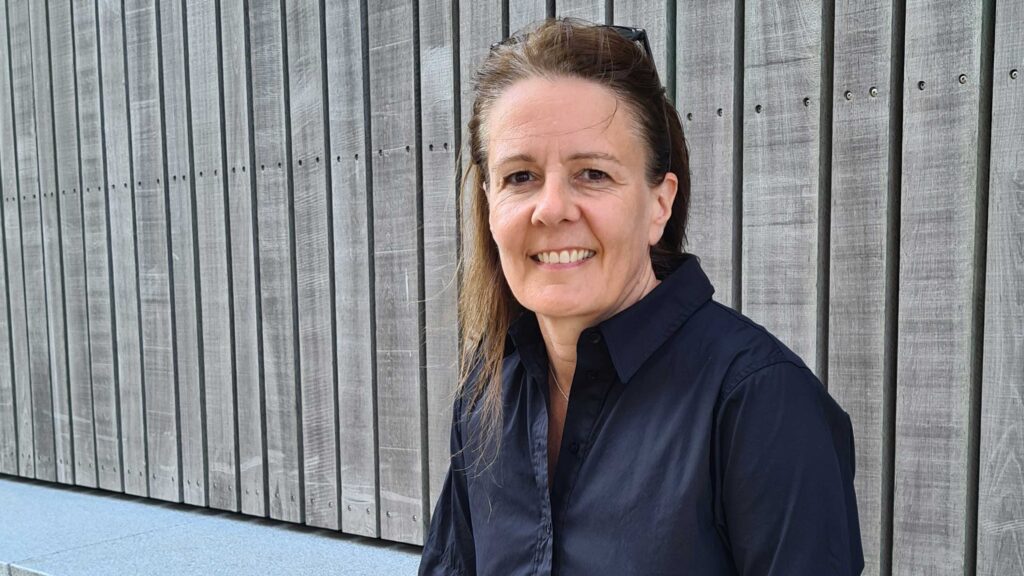Danes want researchers to actively engage in public debates, and many researchers agree. They emphasize the importance of communicating their knowledge and research to a broader audience. How does this communication take place in practice, and which platforms are most commonly used?

The Danish report ”Can You Hear What I Know? – and Do You Know What I Think?” is based on two surveys that map how researchers from Danish universities communicate their research to the public, and how the public access scientific knowledge.
The results show that Danes are eager to learn more about science. Two out of three Danes express interest in science, and 57% want to learn more. One in five regularly seeks out scientific knowledge. The most popular topics are health (58%), history (42%), and psychology (37%), with women showing significantly more interest than men.
Only 14% of Danes have attended live events where they met researchers face-to-face.
When it comes to the sources the public use for scientific information, TV is the most commonly accessed (68%), followed by internet searches (52%) and online news media (44%). This highlights that traditional news media remains an important source for the public to access scientific knowledge. Only 14% of Danes have attended live events where they met researchers face-to-face.
Most researchers – 69% of respondents – believe it is important to communicate science to the public. The top three reasons: research results can be used in society (60%), science can contribute to public debate (58%), and it can raise general awareness of science (41%).
Among the researchers who do communicate about their research, social media is the most popular platform targeting the public.
Among the researchers who do communicate about their research, social media is the most popular platform targeting the public. In the past year, 54% of respondents have shared or discussed their research on social media even though only one in four researchers prefers to use these media for communicating research.
However, media such as newspapers, radio, and TV – where journalists act as gatekeepers – continue to play a crucial role. 48% of researchers have contributed to media productions, and 46% have given interviews to print media. These are the two forms of communication that most researchers clearly prefer. In fact, 53% identify interviews with print media as their favorite, while two out of five prefer contributing to media productions. One in five researchers has participated in debate events, science cafés, or similar public engagements.
Researchers’ contributions to public discussions are vital for ensuring science shapes societal progress.
It is encouraging to see how many researchers are already communicating their knowledge and research to a broader audience. However, there is still room for growth. It is also noteworthy that 16% of researchers and 34% of PhD students have not communicated their research at all in the past year. This shows that there are still barriers for some researchers when it comes to sharing their knowledge with the public.
Researchers’ contributions to public discussions are vital for ensuring science shapes societal progress. Expanding these efforts can bridge the gap between research and the public, bringing greater benefits to society.
/Pernille Fløjstrup Andersen, Science Communicator and Journalist
Pernille Fløjstrup Andersen holds a master’s degree in journalism (Cand.public.) from the University of Southern Denmark, specializing in science, research, and strategic communication. She is also a trained journalist from the Danish School of Media and Journalism. With over 20 years of experience as a journalist, editor, and communications advisor, she currently focuses on tasks related to science communication.
About the report
The report is divided into two parts and examines the public’s interest in science, as well as researchers’ attitudes towards, interest in, and use of science communication with the public.
Population Survey: A questionnaire was distributed by Epinion in spring 2023 to 1,101 citizens, representing a representative sample of Danes over the age of 18.
Researcher Survey: A questionnaire was distributed by Epinion in autumn 2023 to scientific staff and PhD students at all Danish universities, resulting in 3,864 responses.
Download -> Kan du høre, hvad jeg ved?- og ved du, hvad jeg tænker? December 2023
